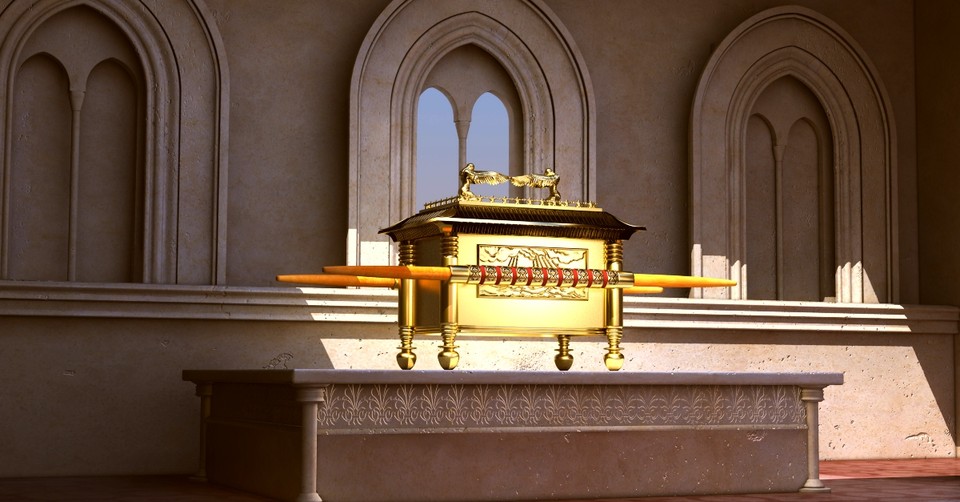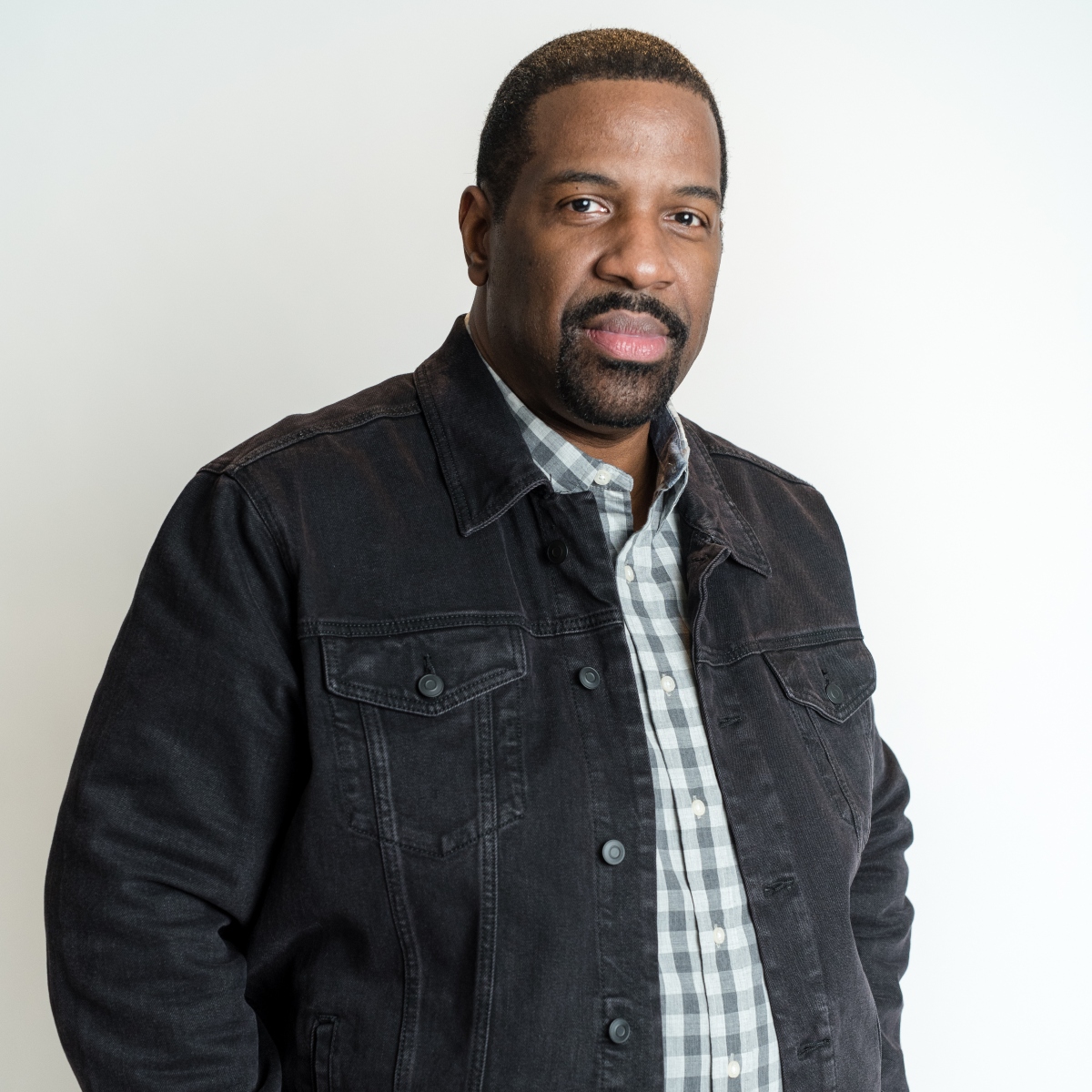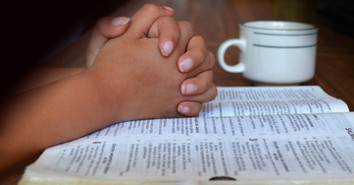What Was the Spiritual Meaning and Symbolism of the Tabernacle in Exodus?

Beginning in Exodus 25 through the end of the book, there is a lot of time spent on the preparation and building of the tabernacle. If you take the time to read those chapters, you will discover that God was extremely detail-oriented.
What Was the Tabernacle in Exodus For?
God was very meticulous in how he wanted the tabernacle to be built and what types of materials were to be used for each section. Because of the nature of God, each part of the tabernacle had a specific function because God does not waste anything. As we consider these things, what was the spiritual meaning and symbolism of the tabernacle in Exodus and how can we apply them to our lives and salvation today?
I will be honest: it is not possible to do a complete study of the tabernacle in one article and I won’t try. I do however want to highlight three symbolisms and meanings of the tabernacle that you can apply to your life today.
What Is the Meaning of the Tabernacle in Exodus?
1. The Altar of Burnt Offering (cleansing that creates access)
One of the key parts of the tabernacle were the altars. When you entered the courtyard one of the first things you encountered was the altar of burnt offering. This altar existed outside of the holy place and it was on this altar that sacrifices were made for the atonement of the sins of the Israelites. This was in effect an altar of sacrifice and sanctification that made it possible for you to enter the presence of God. I hope this sounds familiar to you because this is how we are able to approach God now, through the sacrifice of Jesus. It wasn’t on an altar, but it was on a cross and that sacrifice provides us cleansing of sin and opens the doorway so that we can enter the presence of God.
Therefore, brothers and sisters, since we have confidence to enter the Most Holy Place by the blood of Jesus, 20 by a new and living way opened for us through the curtain, that is, his body, and since we have a great priest over the house of God, let us draw near to God with a sincere heart and with the full assurance that faith brings, having our hearts sprinkled to cleanse us from a guilty conscience and having our bodies washed with pure water. Let us hold unswervingly to the hope we profess, for he who promised is faithful. – Hebrews 10:19-23
2. The Altar of Incense (prayers that are constantly being lifted)
One of the responsibilities of the high priest was to burn incense in the holy place. This was God’s initial instruction to Aaron.
“Aaron must burn fragrant incense on the altar every morning when he tends the lamps. He must burn incense again when he lights the lamps at twilight so incense will burn regularly before the Lord for the generations to come.” – Exodus 30:7-8
In the Bible, one of the symbols of incense is to represent the prayers of God’s people.
“May my prayer be set before you like incense; may the lifting up of my hands be like the evening sacrifice.” – Psalm 141:2
“And when he had taken it, the four living creatures and the twenty-four elders fell down before the Lamb. Each one had a harp and they were holding golden bowls full of incense, which are the prayers of God’s people.” – Revelation 5:8
“Another angel, who had a golden censer, came and stood at the altar. He was given much incense to offer, with the prayers of all God’s people, on the golden altar in front of the throne. 4 The smoke of the incense, together with the prayers of God’s people, went up before God from the angel’s hand.” – Revelation 8:3-4
The spiritual meaning and symbolism of this part of the tabernacle was that God wants his people to be constantly lifting prayers to him. This was a foreshadowing because Jesus said something similar in the new testament. In Mark 11:17, Jesus after clearing the deceitful money changers from the temple courts reminds them that his house shall be called a house of prayer. I believe God was establishing this principle from the very beginning. While the church can be a place of praise, worship, instruction, and fellowship when we enter and gather together it should be a house of prayer. Where we lift our hearts and petitions before the great God we serve.
“I urge, then, first of all, that petitions, prayers, intercession and thanksgiving be made for all people.” - 2 Timothy 2:1
3. The Most Holy Place (the promise of God’s presence)
When God established the tabernacle, he was reminding the people of Israel that his presence would always be with them. Look at what happened when the tabernacle was completed.
“Then the cloud covered the tent of meeting, and the glory of the Lord filled the tabernacle. Moses could not enter the tent of meeting because the cloud had settled on it, and the glory of the Lord filled the tabernacle. In all the travels of the Israelites, whenever the cloud lifted from above the tabernacle, they would set out; but if the cloud did not lift, they did not set out—until the day it lifted. So the cloud of the Lord was over the tabernacle by day, and fire was in the cloud by night, in the sight of all the Israelites during all their travels.” – Exodus 40:34-38
Imagine that God built an earthly tabernacle to be a place where he would dwell with his people. This is what he originally told Moses.
“Then have them make a sanctuary for me, and I will dwell among them.” – Exodus 25:8
God’s desire all along was not just to dwell among his people but for the people to know that he is present with them. The tabernacle was a tangible reminder that the presence of God was with the people of Israel.
Where Is the Tabernacle of God Today Compared with the Tabernacle in Exodus?
When you look at these spiritual meanings and symbolism of the tabernacle in Exodus it might lead you to ask where is the tabernacle of God today? The good news is that what God told Moses then is still true today. If you make God a sanctuary, he will dwell in it. Where is this sanctuary? You are the sanctuary and the place where God’s Spirit dwells.
“Don’t you know that you yourselves are God’s temple and that God’s Spirit dwells in your midst? If anyone destroys God’s temple, God will destroy that person; for God’s temple is sacred, and you together are that temple.” – 1 Corinthians 3:16-17
I guess the greatest spiritual meaning and symbolism of the tabernacle in Exodus is that God was giving us a glimpse of what it would be like for his presence to dwell within us. We would be cleaned by the sacrifice of Jesus which gives us access to the Most Holy Place where we can offer up prayers like incense in communion with our Father. I don’t know how you feel about that but to me, that is absolutely exciting. The tabernacle was a foreshadowing of the presence of God that you and I get to walk in and experience every single day. There is no greater privilege on the face of this earth.
“The blood of goats and bulls and the ashes of a heifer sprinkled on those who are ceremonially unclean sanctify them so that they are outwardly clean. How much more, then, will the blood of Christ, who through the eternal Spirit offered himself unblemished to God, cleanse our consciences from acts that lead to death, so that we may serve the living God!” – Hebrews 9:13-14
Further Reading
What Was the Purpose of the Tabernacle in Exodus?
What is the Mercy Seat in the Bible?
Photo credit: iStock/Getty Images Plus/estt

He is the author of The Pursuit of Purpose, which helps readers understand how God leads them into his will, and the author of The Pursuit of Victory: How To Conquer Your Greatest Challenges and Win In Your Christian Life. Clarence is also committed to helping 10,000 people learn how to study the Bible and has released his first course, Bible Study Basics, to achieve that goal. To learn more about his ministry and resources, please visit clarencehaynes.com.
Originally published March 30, 2021.







